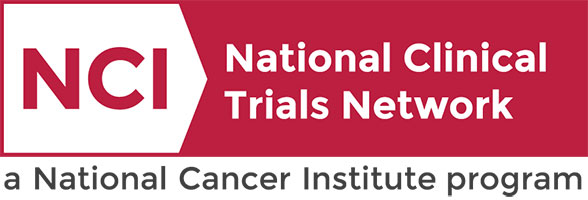Clinical Trials Search at Vanderbilt-Ingram Cancer Center
A Phase 3 Study of Active Surveillance for Low Risk and a Randomized Trial of Carboplatin vs. Cisplatin for Standard Risk Pediatric and Adult Patients with Germ Cell Tumors
Multiple Cancer Types
Germ Cell (Pediatrics),
Gynecologic,
Ovarian
III
Borinstein, Scott
NCT03067181
COGAGCT1531
A Phase 2 Trial of Chemotherapy followed by Response-Based Whole Ventricular & Spinal Canal Irradiation (WVSCI) for Patients with Localized Non-Germinomatous Central Nervous System Germ Cell Tumor.
Multiple Cancer Types
Germ Cell (Pediatrics),
Pediatrics
II
Esbenshade, Adam
NCT04684368
COGACNS2021
A Phase 2 Study of Blinatumomab in Combination with Chemotherapy for Infants with Newly Diagnosed Acute Lymphoblastic Leukemia with Randomization of KMT2A Rearranged Patients to Addition of Venetoclax
Leukemia
Leukemia
Leukemia
II
Smith, Brianna
NCT06317662
COGAALL2321


